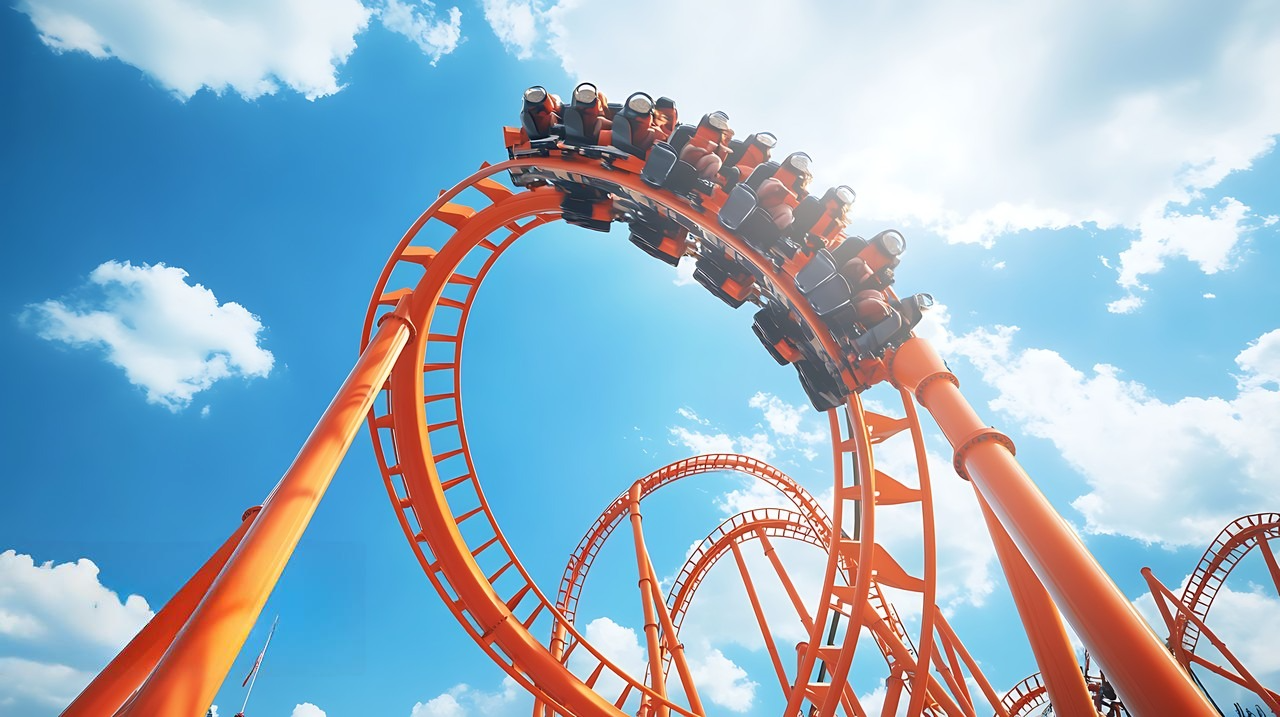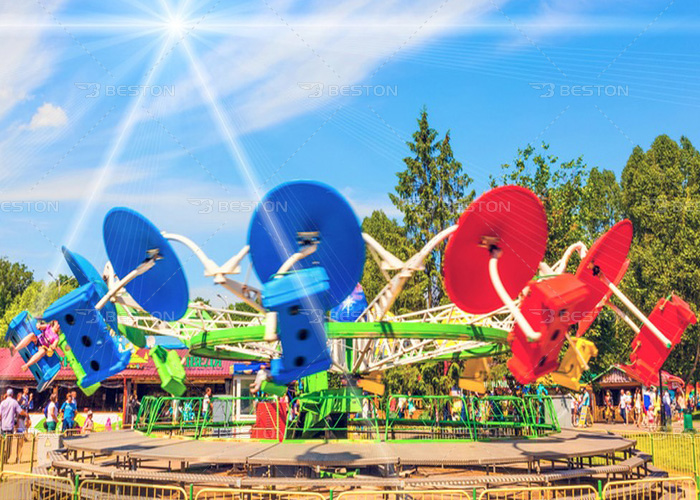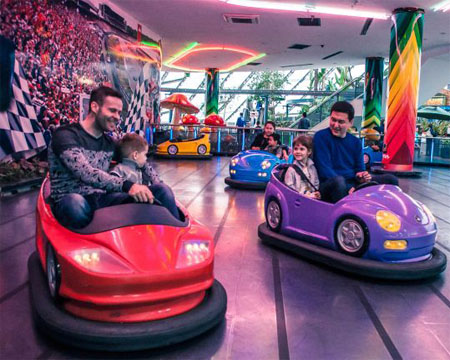The integration of artificial intelligence into the amusement industry is reshaping the traditional landscape of interactive entertainment. From roller coasters to immersive digital experiences, AI is now engineering personalized paths through digital and physical gaming environments. This adaptive evolution is not merely a novelty—it’s altering the foundation of how amusement attractions are designed, operated, and experienced.
Algorithmic Pathfinding in Entertainment Systems
At the heart of AI-customized game routes lies advanced algorithmic pathfinding. Traditional games and amusement rides once relied on linear progressions. Every user faced the same set of challenges, levels, or physical tracks. Today, AI systems dynamically adjust routes based on user behavior, skill level, and even biometric responses. This creates a bespoke experience for each participant, increasing engagement and extending retention.
Machine learning models are trained to analyze user data in real time. Inputs include decision patterns, reaction speed, and preferred gameplay elements. These data points help the system infer the player’s tendencies and adapt future paths accordingly. The result is a non-linear, context-sensitive experience where the route becomes a living, breathing component of the game.
Influence on Physical Amusement Infrastructure
Beyond digital realms, this paradigm is influencing physical amusement equipment. Modern attractions—such as interactive funfair rides for sale and simulated adventure zones—are integrating sensors and AI engines. These systems modify tracks or sequences in real time to accommodate the preferences of each rider.

Consider the case of adaptive trackless train ride systems. These rides, once constrained to predefined loops, now leverage AI to reconfigure routes within a modular layout. Sensors embedded in the ride monitor crowd density, queue times, and user feedback, enabling the train to bypass congested areas or reroute to points of higher interest. This increases throughput efficiency and rider satisfaction without requiring additional infrastructure.
Tailored Engagement: Beyond Gamification
Personalization has long been a buzzword in digital entertainment, but AI-customized routes elevate it beyond surface-level tweaks. Engagement is no longer about point systems or badges. It’s about crafting a route that feels innately intuitive to the user.
Amusement equipment manufacturers are now integrating machine learning capabilities into the design phase. Attractions are built with adaptable frameworks—ride sequences can be modified not just by operator input, but by predictive algorithms that forecast user preferences. For example, a carousel’s rotation pattern or speed might adjust based on the demographics of current riders, subtly improving comfort and enjoyment.
Moreover, understanding regional preferences has influenced how these systems evolve. The carousel price may vary not only due to material and labor costs, but because of embedded AI modules capable of modifying ride behavior to suit local cultural expectations. This localized adaptability is becoming a critical differentiator for manufacturers in competitive markets.

Modularity and Scalability in Ride Design
One of the tangible advantages of AI-customized game routes is their synergy with modular ride construction. Unlike traditional systems where hardware changes required significant downtime, modern rides are built with reconfigurable segments. AI engines manage these segments autonomously, altering the ride flow as needed without mechanical overhauls.
Funfair rides for sale now increasingly feature this modular-AI integration. Buyers—from small regional parks to global entertainment brands—are seeking equipment that not only entertains but evolves. This preference is driving amusement equipment manufacturers to embed AI-ready architectures even in compact attractions.

The modular philosophy extends to maintenance as well. AI not only modifies routes for user engagement but also predicts mechanical stress points and adjusts operational load accordingly. This predictive maintenance reduces failure rates and extends equipment life cycles.
Market Implications and Strategic Deployment
The proliferation of AI in game route customization is altering the procurement strategies of park operators. Instead of focusing solely on visual appeal or novelty, the emphasis is shifting toward adaptability and intelligence. The demand curve is also moving—customers are no longer satisfied with passive entertainment; they expect personalized, responsive experiences.
This expectation places pressure on amusement equipment manufacturers to design with foresight. A trackless train ride for sale today must not only meet safety and aesthetic standards but also support dynamic route management and cloud-connected data sharing.

Carousel price structures, once fixed based on build complexity or ornamentation, now reflect the embedded intelligence of the ride. AI features, analytics dashboards, and integration with centralized park management software contribute to higher upfront costs—but also enable higher ROI through improved rider retention and increased operational efficiency.
Future Trajectories
Looking ahead, the fusion of AI and amusement design is poised to deepen. Advancements in edge computing and real-time neural inference will make ride-level decision-making even faster and more nuanced. We may soon see rides that adjust difficulty settings based on a rider’s facial microexpressions or respond to vocal cues during gameplay.
There is also potential for cross-platform personalization. A user’s gameplay data from an app-based attraction could inform their experience on a physical ride. The boundaries between virtual and real environments are beginning to blur, orchestrated by intelligent routing systems.
For funfair operators, this means increased reliance on AI-enhanced analytics to design event layouts, rotate attractions, and optimize crowd flow. The rides themselves become data sources, feeding into a continuous loop of enhancement and personalization.
Conclusion
AI-customized game routes represent a pivotal leap in amusement technology. By shifting from static to adaptive pathways, the industry is embracing a future where every ride can be a unique experience—tailored in real time by intelligent systems. Whether it’s a carousel with dynamic motion algorithms or a trackless train that navigates based on predictive occupancy, the core promise remains the same: intelligent play, shaped by machine precision and human delight.
As amusement equipment manufacturers continue to innovate, the convergence of modular hardware, real-time data, and machine learning will define the next generation of attractions. For stakeholders—from investors to ride designers—understanding this transformation is no longer optional; it’s essential for relevance in an increasingly personalized world of entertainment.



0